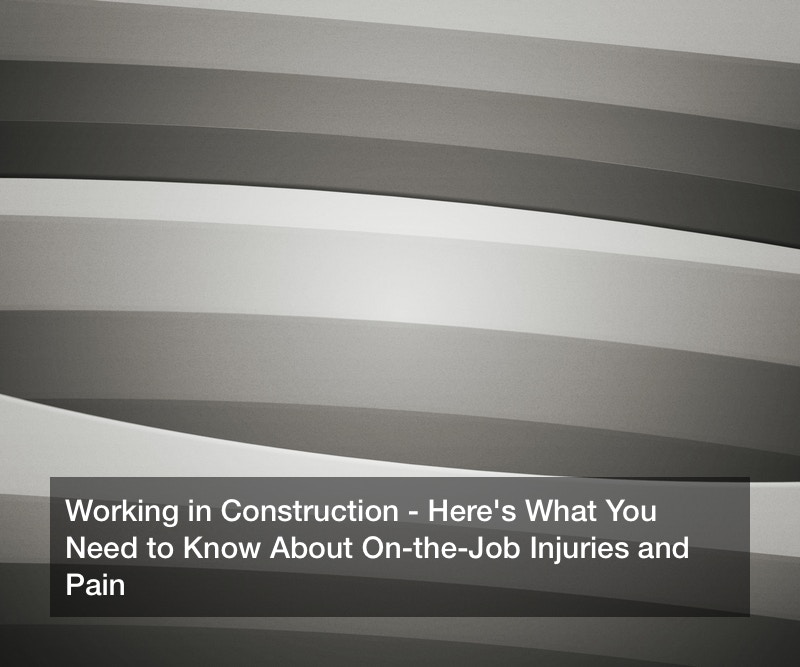How To Choose the Perfect Summer Wine
If you love wine, then summer is the perfect time to uncork your favorite vintage. Of course, fall, spring, and winter work equally well. That being said, certain wines are especially enjoyable during the summer. Countless Americans will spend their summer evenings sipping glasses of wine, whether they prefer refreshing rosés or full-bodied cabernet. However, […]
